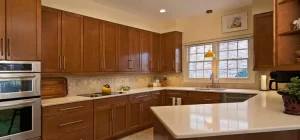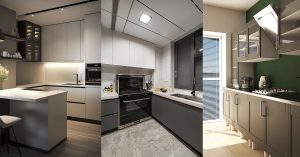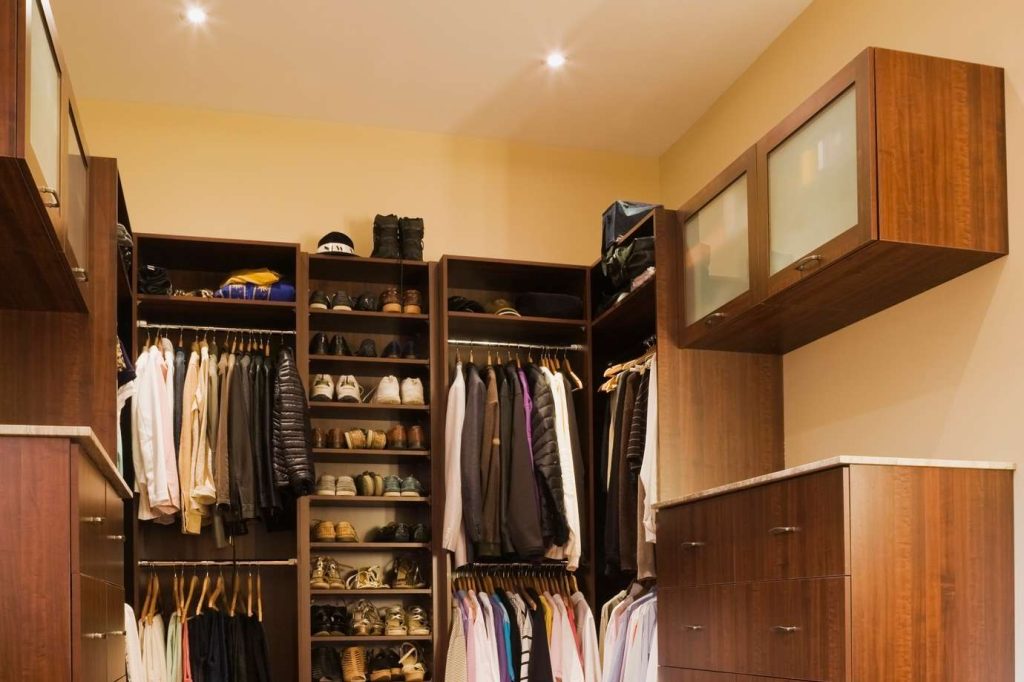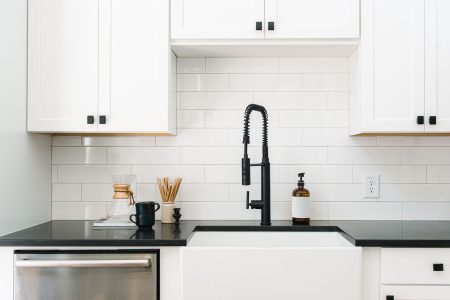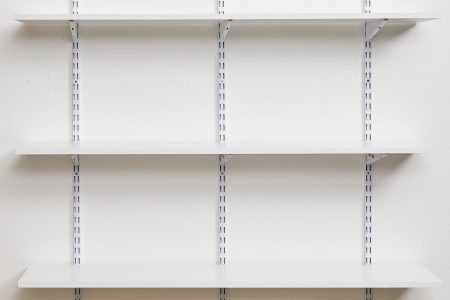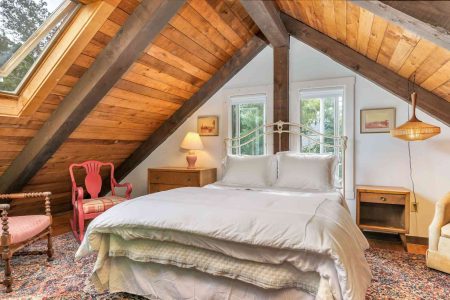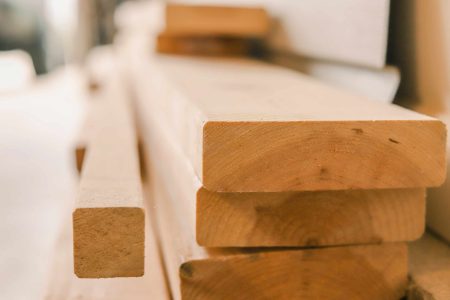Whether you are building a new closet or simply upgrading an existing one, your choice of closet lights is important, both for safety and convenience. The National Electrical Code (NEC), which is published every three years by the National Fire Protection Association, sets the rules and standards that apply to building regulations in most residential and commercial spaces, including closets and other storage areas.
Code Requirements for Closet Light Fixtures
The Code contains very specific requirements for the types of light fixtures allowed in closets as well as the clearances that must be maintained between stored items and light sources. In the 2008 edition of the Code, LED light fixtures were allowed for the first time. Since then and through the 2017 edition, the Code requirements for closet lighting have remained unchanged. But it is always a good idea to check the most recent edition of the Code, as changes do occasionally occur. Your local building inspections office can instruct you on current Code requirements for closet lighting.
Even if your closets and their existing light fixtures are old, the current requirements are a good benchmark to follow. Many closet light fixtures represent house fires waiting to happen; this is especially true where you find exposed light bulbs in closets, which can generate more than enough heat to start a clothing fire.
Key Requirements
Here is a summary of the NEC’s current requirements for closet lights:
- Light fixtures are not mandatory. The NEC does not require light fixtures in any standard closet. Adding closet light fixtures is, however, regarded as “best practice” by many builders and electricians, and properly installed closet light fixtures will appeal to future home buyers.
- Switch-controlled light and outlet is “best practice” for walk-in closets. Although the Code is not precise in its definition of a walk-in closet, best practice is to have a ceiling light fixture controlled by a wall switch located near the entrance to any closet that is 50 square feet or larger. And the Code does require that all “storage and utility rooms” be equipped with a lighting outlet controlled by a switch. Many electricians interpret this to include walk-in closets and therefore include both a switch-controlled light fixture and a plug-in outlet in these spaces.
- Distances between fixtures and storage items: For surface-mounted incandescent or LED light fixtures, there must be a minimum distance of 12 inches between the fixture and any items stored in the closet. For recessed incandescent or LED light fixtures, this distance must be at least 6 inches. For fluorescent light fixtures, the minimum distance is 6 inches.
- No bare bulbs allowed. Exposed or partially exposed incandescent or LED lamps (bulbs) are not allowed in closets. While utility light fixtures with bare bulbs in a socket were once common in closets and other storage areas, these are no longer allowed. All light bulbs must be fully enclosed in a globe or other housing.
When planning the position of light fixtures, remember that the Code’s spacing requirements dictate minimum distances between the light fixture and any combustible items stored in the closet. If mounting a light fixture on the wall of a closet, allow space between the fixture and any clothing that will be hung on closet rods. If mounting a light fixture on the ceiling, consider any items that will be stored on shelves, and maintain the minimum required distances.
Read the full article here

